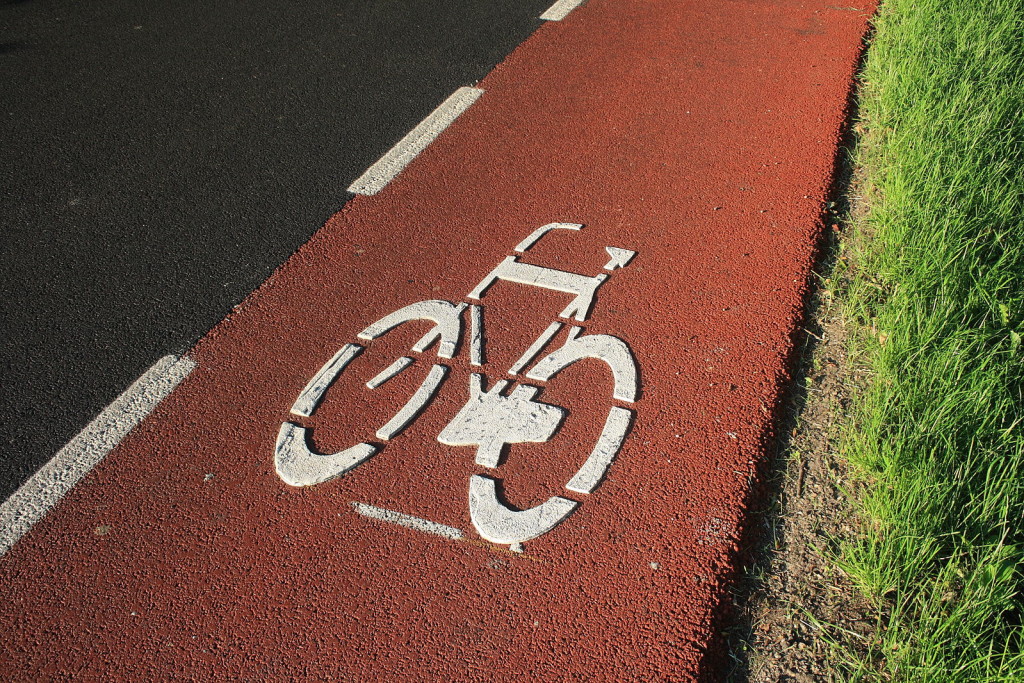It makes business sense to protect and encourage cyclists, but by continuing to cater for motorists, and motorists alone, north east cities risk stagnation, argues Carlton Reid
I’m a frequent train user, travelling from Newcastle to London at least once a month, and I have been doing so for 30 years. Both these great cities have changed a lot in those years, and as a cycle journalist I’ve noticed – in time-lapse fashion – the amazing growth of cycling in London. Yet there’s only been a modest growth in Newcastle and our other northern cities.
London is currently installing the kind of wide, protected cycleways that those who live in the Netherlands take for granted, and Transport for London is investing £1bn over ten years to cater for the increased demand for cycling. But northern cities are largely dragging their heels. (There are some plans for cycleways but they are few and far between, and don’t constitute a joined-up system.)
If London can build for cyclists – including in front of the Houses of Parliament – any city can build for cyclists.
Why cater for people on bicycles? Mobility. If everybody who currently cycled in London and our northern cities started to use their cars instead (most cyclists also own cars but choose not to use them for all journeys) those cities would be in constant gridlock.
The same is true, of course, for other transport modes, such as the Metro in Newcastle or the underground in London. The least sensible mode of transport to use in a city is a wide, heavy, often dangerously driven, individualised motor vehicle that can carry five or more people but is generally used to ferry just one. The cities of today struggle to cope with cars, and the cities of the future – which are predicted to have to house many more people – will have banished them almost entirely. Those cities that want to thrive, that is. Many major world cities – such as Hamburg, Madrid, Paris, Helsinki and Dublin – are imposing ever greater restrictions on motor-car use, and any cities which wish to attract investment and people will do likewise.
Newcastle was once ahead of the curve. Until 1967, the A1 between London and Edinburgh used to go through the centre of town – now nobody would suggest returning Northumberland Street to its former state. Retailers certainly wouldn’t – outside of London, Northumberland Street is the most expensive location in the UK to rent shop space. That’s because it’s buzzing. Why? No cars.
Northern cities need to design for people, not cars – people on foot, people on buses and, yes, people on bicycles. Those cities that do so will reap the social and economic benefits. They will also be healthier cities, with cleaner air (and making sure cities have clean air is now a legal obligation and failure comes with huge fines).
London isn’t spending a billion for frivolous reasons – it makes business sense to protect and encourage cyclists. High-earning creatives flock to “liveable” cities, and one of the quickest and easiest ways of making cities more attractive – for all – is to get rid of the cars.
By continuing to cater for motorists, and motorists alone, northern cities risk stagnation. By providing more facilities for cyclists and pedestrians northern cities would be getting with the programme, catching up with the zeitgeist.
Carlton Reid is executive editor of BikeBiz.com and author of Roads Were Not Built For Cars (which has been #1 in the automotive and history categories on Amazon). You can follow him on Twitter.
Do you agree with his assessment of cycling in our north east cities? Tell us your views in the comments section below – by clicking on the little speech bubble.
(Views expressed on our website and in our magazines and emails are not necessarily endorsed by Northern Correspondent.)


Great article, yes, we must design and build cities for people. Cycling is part of the solution and Newcastle must embrace a transport transition, shifting from building roads for cars and prioritising cycling and walking infrastructure and public transport. Urban space is precious. And we’re not doing it just for the existing cyclists, the fit and the brave, it’s for everybody, families, children, people of all ages and abilities. This is the message we heard at the Velocity15 conference in Nantes last month – read my article at http://newcycling.org/velocity-2015-claires-reflections/ and it very much echoes Carlton’s words.
Cycling needs to be made user friendly nationwide. Safe cycling where cars are kept seperate will encourage people of all ages to cycle .Heath benifits in the form of reduced obesity and heart problems will result in financial savings to the NHS.It could pay for it’s self. As a pensioner with a bus pass who cycles I would like to see buses that carry a few bikes on the front as they do in British Columbia.Secure cycle parks as Hull Railway Station etc. We have only ecratched the surface at the moment. Saki